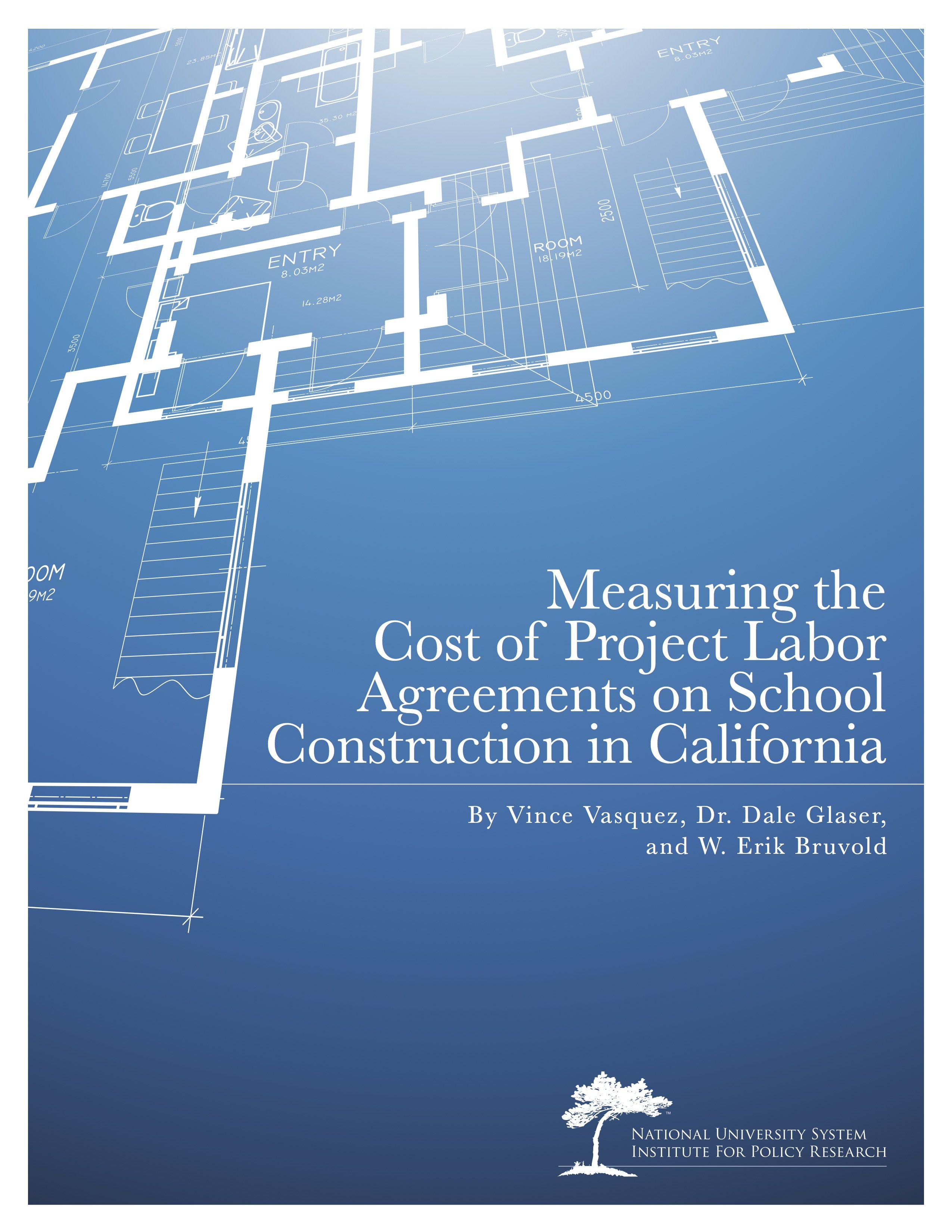
Fact Check: What Studies Really Show About Costs of Project Labor Agreements
In our ongoing effort to separate fact from fiction in the PLA debate, CFEC presents information that helps policymakers, elected officials, and taxpayers see what the truth is behind PLAs and the promises made by Big Labor.
Union bosses and other PLA proponents calling for the increased use of government-mandated project labor agreements (PLAs) have been referencing work by Kotler, Phillips, Belman, Bodah and Le that is critical of quantitative research that demonstrates the negative impact of anti-competitive PLA requirements on construction costs and taxpayers.
These attacks, which have been referenced and discussed in inaccurate and biased PLA feasibility studies produced by Hill International, the Keystone Research Center, Arace and Associates Consulting, and other groups, are heavily used as justification to ignore important evidence demonstrating PLA requirements increase costs and reduce competition.
PLA proponents have attacked the credible work of the Beacon Hill Institute (BHI) and the National University System Institute for Policy Research (NUSIPR) that interrupts the union-financed narrative about PLAs.
Lawmakers, public officials, media and taxpayers swayed by these reports need to get the truth about these attacks and review important government-mandated PLA research.
In the following pieces, Dr. David Tuerck and analysts from the Beacon Hill Institute have repeatedly defended BHI's work against these attacks and point out troubling errors in consultants' biased analysis common in PLA feasibility studies:
- April 2012 affidavit to the U.S. Government Accountability Office refuting a biased Hill International report recommending a PLA on a U.S. DOL Job Corps Center in Manchester, N.H, in support of a bid protest against the U.S. DOL's anti-competitive PLA requirement.
- June 2011 testimony before the U.S. House Oversight and Government Reform Committee, June 2011, in response to attacks by Kotler.
- June 2011 letter to Rep. Elijah Cummings, in response to attacks by professor Peter Philips of the University of Utah.
- Pages 43-62 of Tuerck's Cato Journal article, "Why Project Labor Agreements Are Not in the Public Interest," in response to attacks by Kotler.
- Pages 24-27 of BHI's September 2009 study, "Project Labor Agreements on Federal Construction Projects: A Costly Solution in Search of a Problem," in response to Kotler and Belman, Philips and Bodah.
- Pages 7-8 of " Do Project Labor Agreements Raise Construction Costs?" from Bentley University's 2007 publication, Case Studies in Business, Industry and Government Statistics, in response to Belman.
Meanwhile, analysts at the National University System Institute for Policy Research have defended their research and conclusions about the cost of Project Labor Agreements in their 2011 study, "Measuring the Cost of Project Labor Agreements on School Construction in California" in the following pieces:
- Methodology in "Measuring the Cost of Project Labor Agreements on School Construction in California," was used in response to Belman's criticisms of BHI's methodology in earlier studies (page 5-7).
- July 25, 2011, NUSIPR press release promoting new study and addressing immediate criticisms from Belman.
- "School Construction Study the Latest Front of Project Labor Agreement Fight," Public CEO, August 16, 2011.
- NUSIPR's " Response to Critique of Project Labor Agreement Study by UCLA Labor Center," by Uyen Le of UCLA Labor Studies program.
- Article on UCLA Labor Center funding sources and bias, " Project Labor Agreement Debate is as Complex as it is Conflicted," PublicCEO, March 27, 2012.
- TheTruthAboutPLAs.com blog post on the NUSIPR study.
In addition, PLA advocates in academia attacked a 2009 report independently funded by the U.S. Department of Veterans Affairs (VA) Office of Construction and Facilities Management. The VA hired a consultant, Rider Levett Bucknall (RLB), to evaluate and predict the cost impact of PLAs in various markets where the VA plans to build hospitals. This government-funded and independent research by RLB, " Project Labor Agreements - Impact Study for the Department of Veterans Affairs," recommended against using a PLA on the VA's Denver project.
In response, Kevin Duncan, a professor and senior economist at the Healy Center for Business and Economic Research at Colorado State University released a white paper attacking RLB's analysis. Duncan prepared the report for A. Neal Hall, business manager for the Colorado Building and Construction Trades Council, for an undisclosed sum. It is worth noting Professor Duncan is critical of RLB's opinion-based research and cost predictions because it is based primarily on interviews with industry stakeholders. However, this exact approach is used by Hill International, Arace and Associates and other PLA feasibility consultants and their work is celebrated and supported by construction trade unions because they consistently recommend the use of PLAs.
The public would benefit greatly if elected officials and pro-PLA consultants investigated the credibility of these attacks before making big decisions impacting the livelihood of qualified construction businesses and their employees. Considering all viewpoints fairly and getting at the truth of this debate is the only way to ensure taxpayers get the best possible construction product at the best possible price.
###